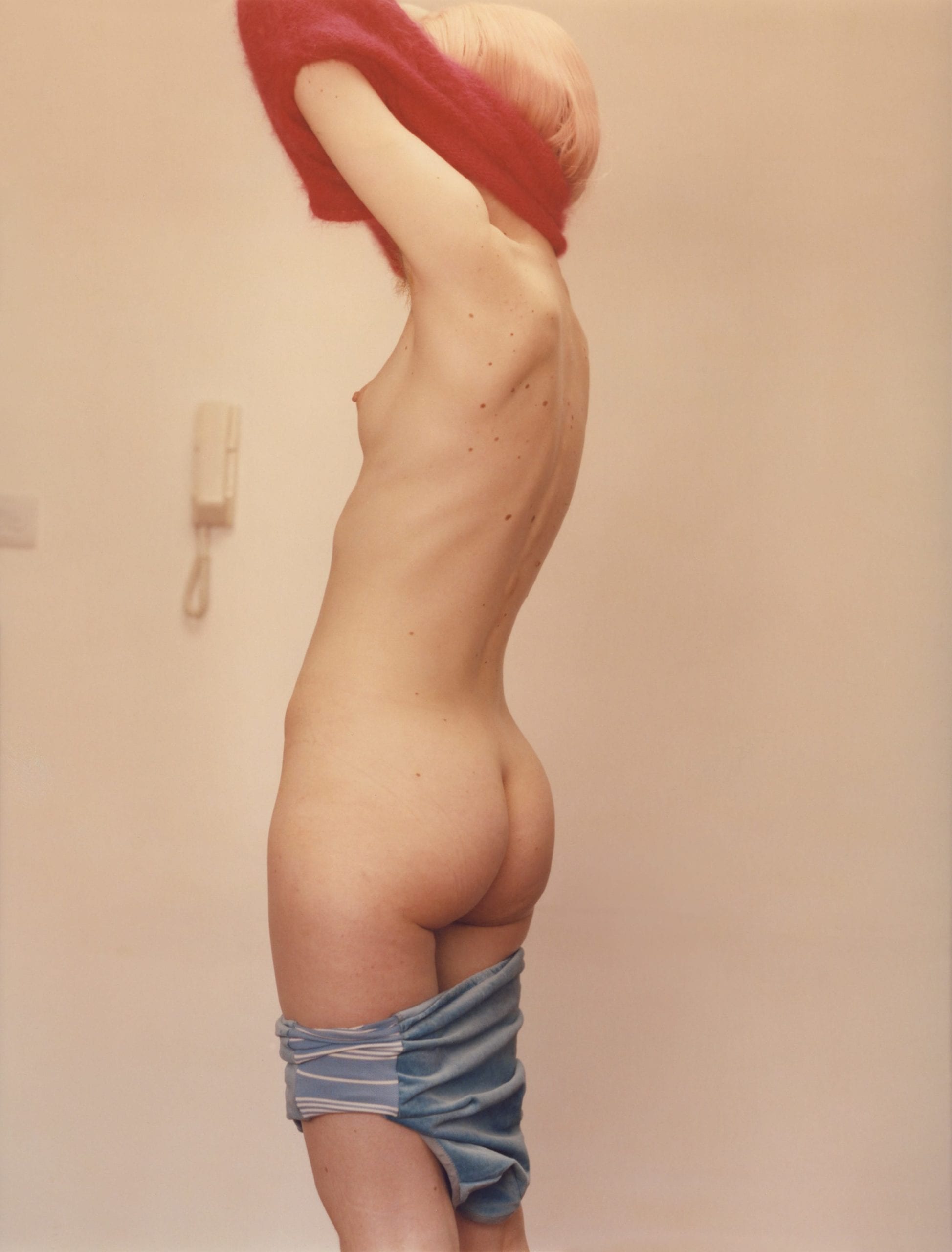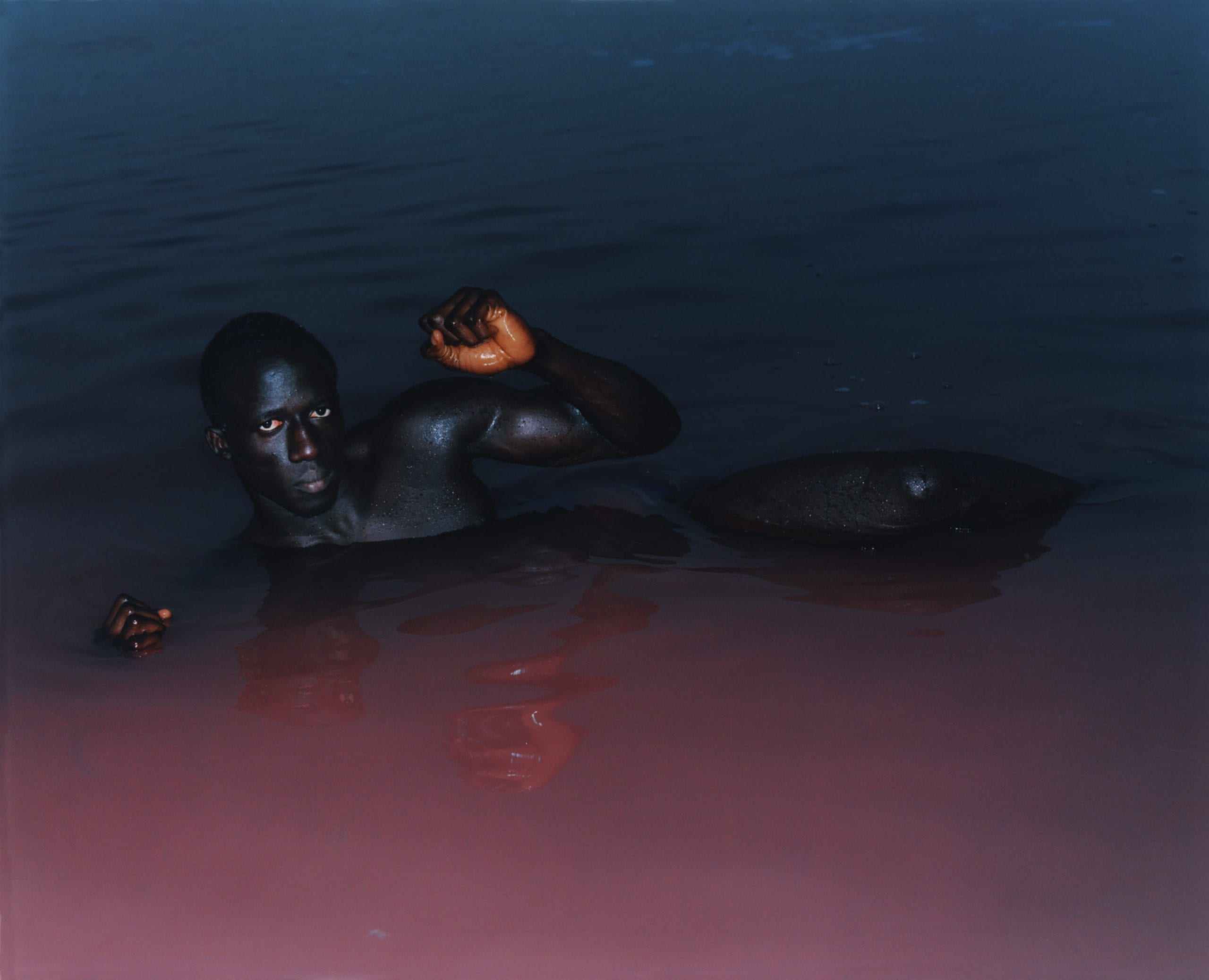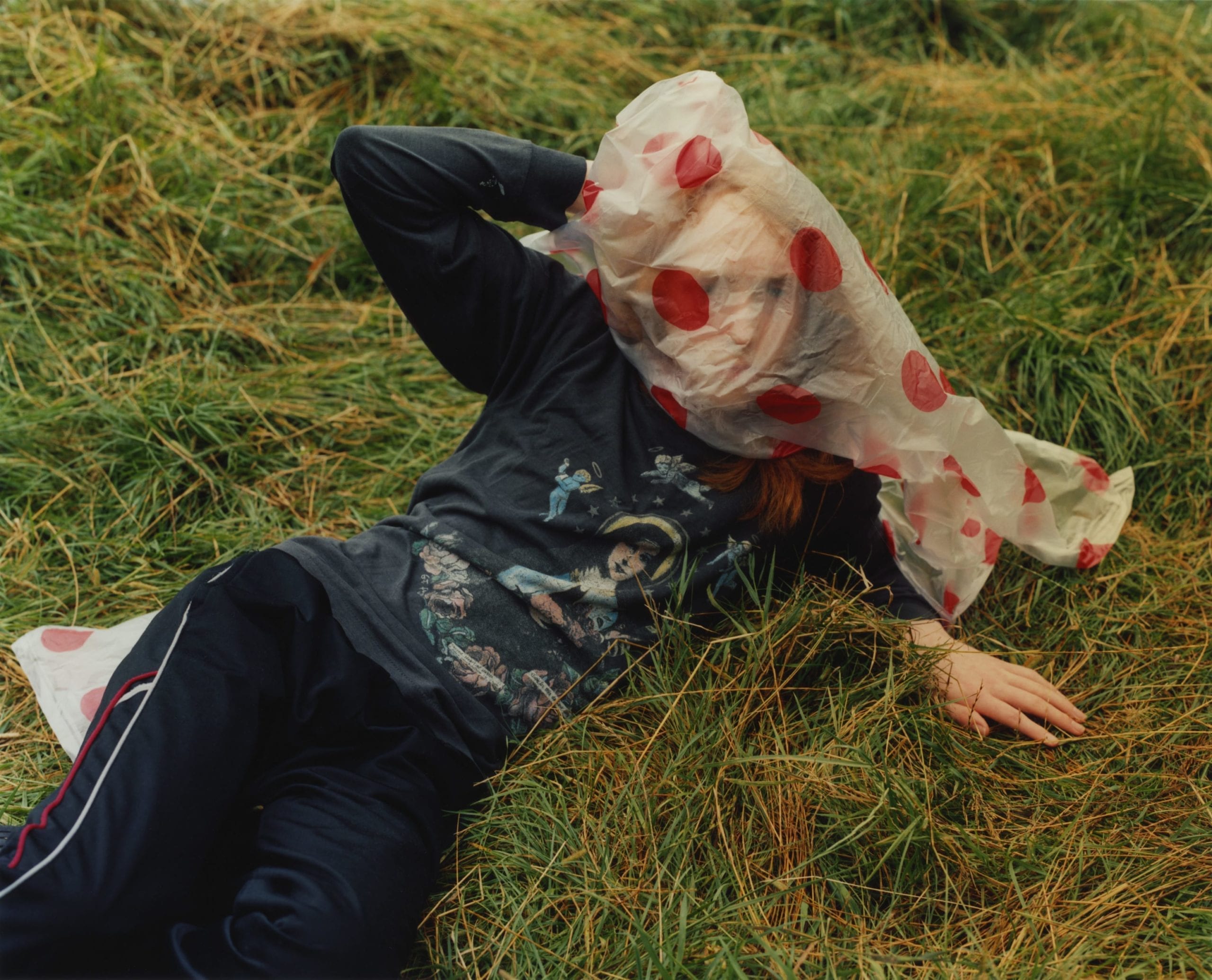The magnitude of Harley Weir’s success is unparalleled compared to most photographers of her age. At 27-years-old, her work has already graced the pages of AnOther, i-D, Dazed, Pop, The Gentlewoman and British Vogue. She has shot campaigns for the some of the biggest names in the fashion industry, and just produced a series of short films about creative women for Chanel and i-D’s Fifth Sense project.
When Weir recently revealed her debut book Homes, containing photographs she had taken immediately before and during the clearing of the Calais Jungle, it sold out within a number of days, raising over £10,000 for La Cimade, a French charity committed to protecting and defending the human rights of refugees and migrants. The images, both disturbing and beautiful, show Weir’s commitment to the personal, shelters cobbled together with wood, rope and tarpaulin are transformed by her lens into dreamlike structures, imbued with a homely tenderness not often equated with the now dismantled refugee camp.
Weir’s intimate approach is what marks her work in any context, be it a border zone in a politically charged area, or in a room with a model, and Boundaries refers to what is ultimately dissolved in her work.

“I became interested in borders on a trip to Israel in 2011,” the photographer explained in conversation with FOAM curator Mirjam Kooiman. “This was the first time I saw the wall that divides the country. It was a confusing wake-up call to the reality of the world. I began a project soon after visiting both sides of the divide, trying to make sense of things.”
“The project continued to other borders as I started to feel that traditional reportage didn’t always do justice to those affected by conflict. The desaturated, distant depictions of war torn souls seemed very one-sided to me. We certainly need those images, but I also wanted to see things with my own eyes. There is a deep sadness in the world but there is also a positivity that is rarely shown in those confines. I saw people getting on with things in such an incredibly tender and splendid way. Beauty for me is integral when describing human nature and I wanted to show that in some form, to see the person rather than the situation for a change.”

“I’m inspired by life, and everything and everyone that touches it,” says Weir. “I’m eager to learn but I’m slow with it. Photography gives me that space to question things at my own pace.”

“I started out with analogue, and when you develop a style it’s pretty hard to give it up.,” she says. “I would like to try, but there’s something in seeing an image straight away that loses the magic for me; the ‘mistake’ image is often my favourite and I find it hard to make mistakes with digital.”
Intuitively, Weir often portrays intriguing personalities, irrespective of gender, ethnicity or age, both in an honest and enigmatic fashion. This led to Instagram deactivating her account in September this year, over period blood smeared between an already censored naked model’s thighs. Uproar by her followers and the general public brought due awareness to the app’s continual censorship of women’s bodies, and her account was swiftly reinstated.
The incident holds testament to the overwhelming desire for a new gaze in photography – Weir’s images are unapologetically female, exuding a moving magnetism that continuously pull you in, so visually seductive they are hard to ignore.
“I hope [people] can be moved enough to question something, even something very slight in themselves or in the world,” she says.
“I just feel it’s a shame not to show another view point, and for that view to be valid. Allowing people to see the world for what it is but also showing that life is beautiful and never futile, no matter what the circumstances.”
Boundaries by Harley Weir is on show at Amsterdam’s FOAM museum until 19 February 2017. For more, go here.
